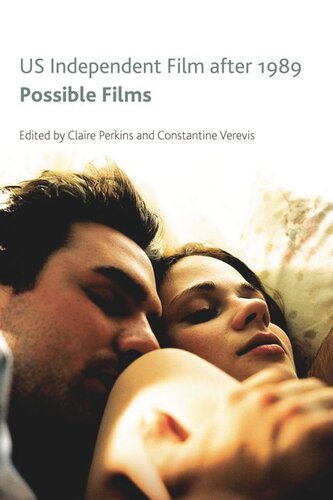

Most ebook files are in PDF format, so you can easily read them using various software such as Foxit Reader or directly on the Google Chrome browser.
Some ebook files are released by publishers in other formats such as .awz, .mobi, .epub, .fb2, etc. You may need to install specific software to read these formats on mobile/PC, such as Calibre.
Please read the tutorial at this link: https://ebookbell.com/faq
We offer FREE conversion to the popular formats you request; however, this may take some time. Therefore, right after payment, please email us, and we will try to provide the service as quickly as possible.
For some exceptional file formats or broken links (if any), please refrain from opening any disputes. Instead, email us first, and we will try to assist within a maximum of 6 hours.
EbookBell Team

4.1
50 reviewsIn contemporary film and popular culture the terms ‘independent’ and ‘indie’ hold instant recognition and considerable cultural cachet. As both a brand of American filmmaking and a keynote of critical film discourse, indie denotes specific textual, industrial and reception practices that have been enthusiastically cultivated across the last decade of the twentieth century and the first of the twenty-first. Underpinning this cultural category is a canon of highly visible films and filmmakers whose ‘maverick’ personas and self-aware stylisation have successfully sold indie as a quality, alternative worldview—figures like Quentin Tarantino, Joel and Ethan Coen, Kevin Smith and Wes Anderson, and films like Slacker, Memento, Happiness and Juno.
US Independent Film After 1989: Possible Films reframes this dominant indie canon by attending to a group of films that have not been so fully subsumed by its critical and promotional rhetoric. In 20 close analyses, a diverse range of leading film scholars and commentators allow the contours of the indie sensibility to emerge in and through their individual experiences of a single film that has not received the sustained critical acclaim of more popular titles. With particular representation from female directors—who are almost wholly excluded from the dominant indie canon—these idiosyncratic films are shown to demonstrate central tenets of indie scholarship and simultaneously emphasise the classifying processes that obscure them.
Key Features: